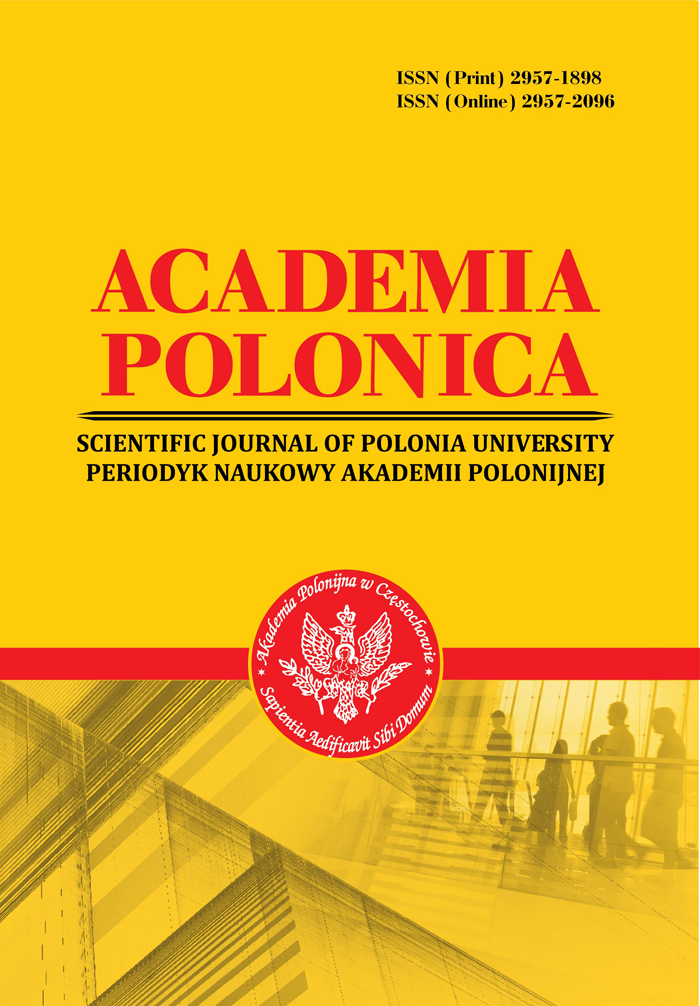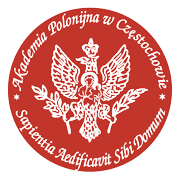FRAMING FEMININE BEAUTY THROUGH PERSUASIVE METAPHOR IN ADVERTISING MEDIA DISCOURSE
Abstract
This study investigates the metaphorical representation of women's beauty in post-modern media advertisements, particularly Cosmopolitan magazine (June 2023 – June 2025).Although previous studies have analysed metaphor in advertisements and gender language, few understandings exist on how different arrangements of conceptual metaphors, ontological, orientational, and structural, function in upmarket fashion magazines to shape consumer consciousness and consolidate gender ideologies. Drawing from Conceptual Metaphor Theory and Critical Discourse Analysis, this study analyses 50 advertisement texts to categorise and understand trends of metaphors. The findings show a dominance of ontological metaphors (e.g., WOMAN IS FOOD, WOMAN IS ANIMAL) that essentialize and objectify women and orientational metaphors (e.g., BEAUTY IS UPWARD MOVEMENT) that stem from neoliberal ideals of self-change. Structural metaphors (e.g., BEAUTY IS TRANSFORMATION, BEAUTY IS FIGHT) are less frequent but occupy significant positions in conceptualising beauty as a struggle to be transcended by way of discipline and consumption. These metaphorical strategies do more than represent beauty, but actively work towards the building of gendered norms and consumer selves. The thesis promotes metaphor studies and media linguistics as it uncovers how figurative language use in beauty advertising represents and regurgitates prevalent cultural ideologies. It also opens up possibilities for cross-cultural and multimodal research into meta- phor in framing media discourse.
References
2. Cosmopolitan. (2023-2025). Cosmopolitan. Retrieved July 3, 2025, from https://www.cosmopolitan.com/
3. Charteris-Black, J. (2019). Metaphors of Brexit: No cherries on the cake? Springer. https://doi.org/10.1007/978-3-030-28768-9
4. Fairclough, N. (2010). Critical Discourse Analysis: The Critical Study of Language (2nd ed.). Routledge. https://doi.org/10.4324/9781315834368
5. Forceville, C. (2017). Visual and multimodal metaphor in advertising: Cultural perspectives. Styles of Communication, 9(1), 26–41.
6. Gill, R. (2008). Empowerment/sexism: Figuring female sexual agency in contemporary advertising. Feminism & Psychology, 18(1), 35–60. https://doi.org/10.1177/0959353507084950
7. Kövecses, Z. (2020). Extended Conceptual Metaphor Theory. Cambridge University Press.
8. Lakoff, G., & Johnson, M. (2003). Metaphors we live by (2nd ed.). University of Chicago Press.
9. Lazar, M. M. (2006). "Discover the power of femininity!" Analyzing global “power femininity” in local advertising. Feminist Media Studies, 6(4), 505–517. https://doi.org/10.1080/14680770600990002
10. Littler, J. (2013). Meritocracy as plutocracy: The marketising of “equality” under neoliberalism. New Formations, 80(80), 52–72. https://doi.org/10.3898/newf.80/81.03.2013
11. Pérez-Sobrino, P., Littlemore, J., & Ford, S. (2021). Unpacking creativity: The power of figurative communication in advertising. Cambridge University Press. https://doi.org/10.1017/9781108562409
12. Semino, E. (2021). “Not soldiers but fire-fighters”: Metaphors and COVID-19. Health Communication, 36(1), 50–58. https://doi.org/10.1080/10410236.2020.1844989
Abstract views: 0 PDF Downloads: 0







